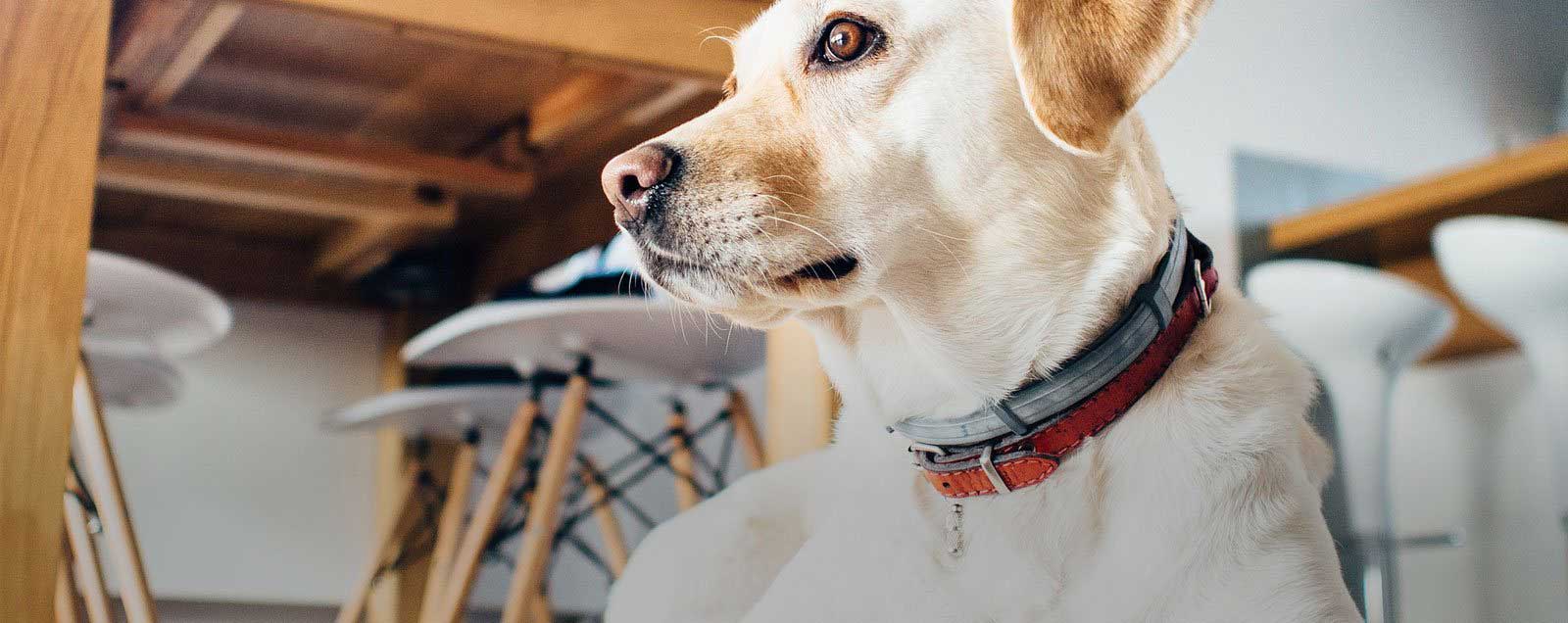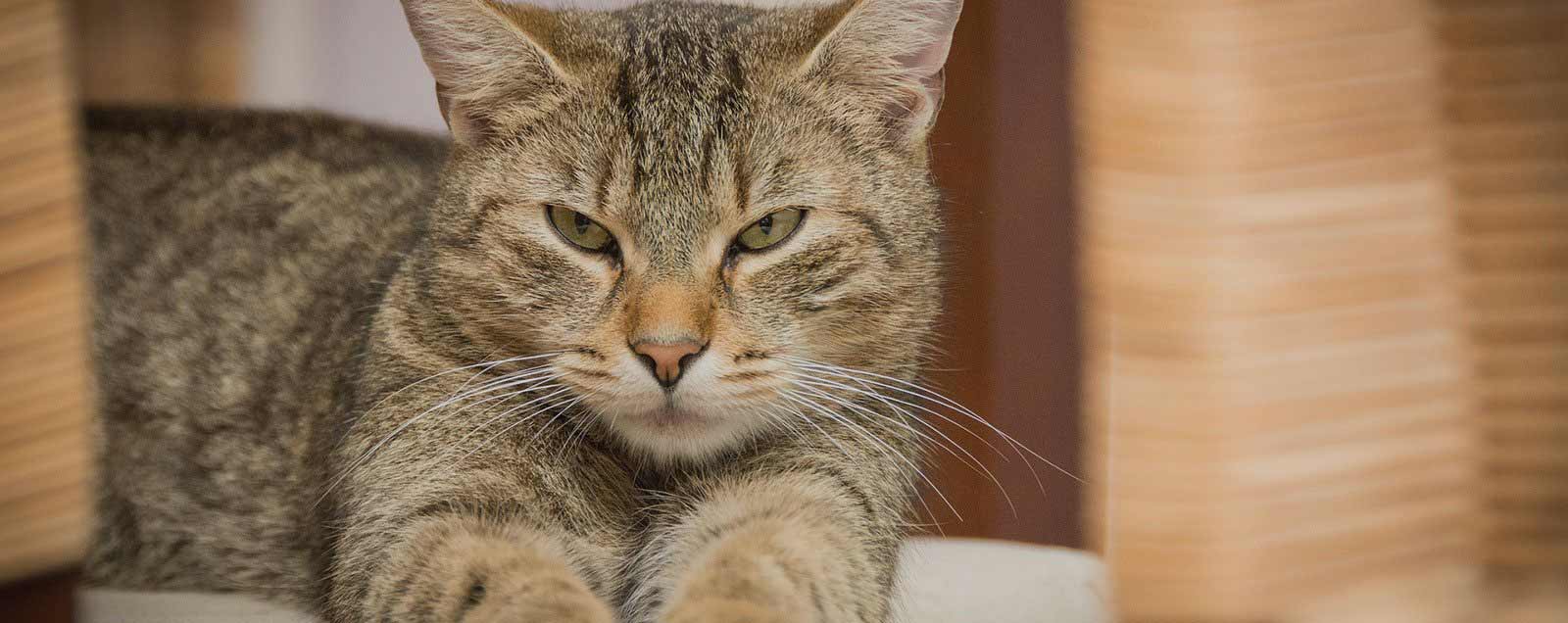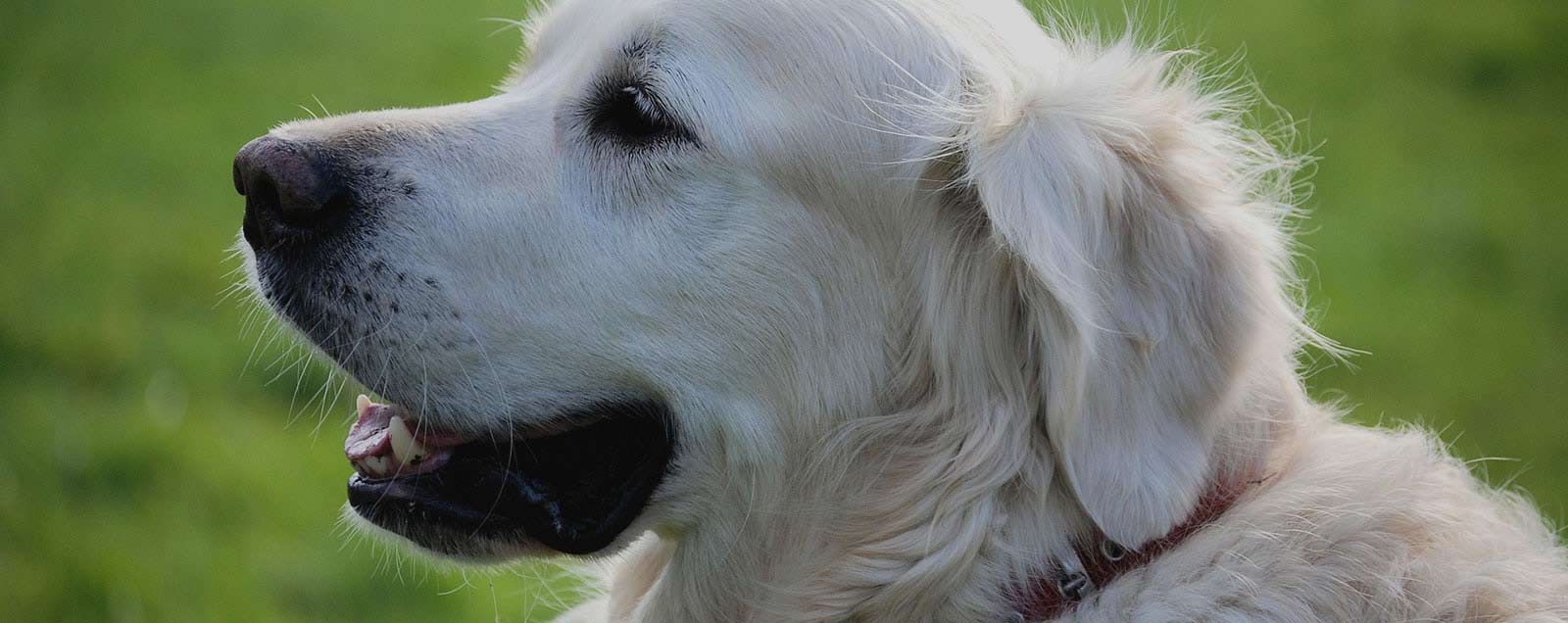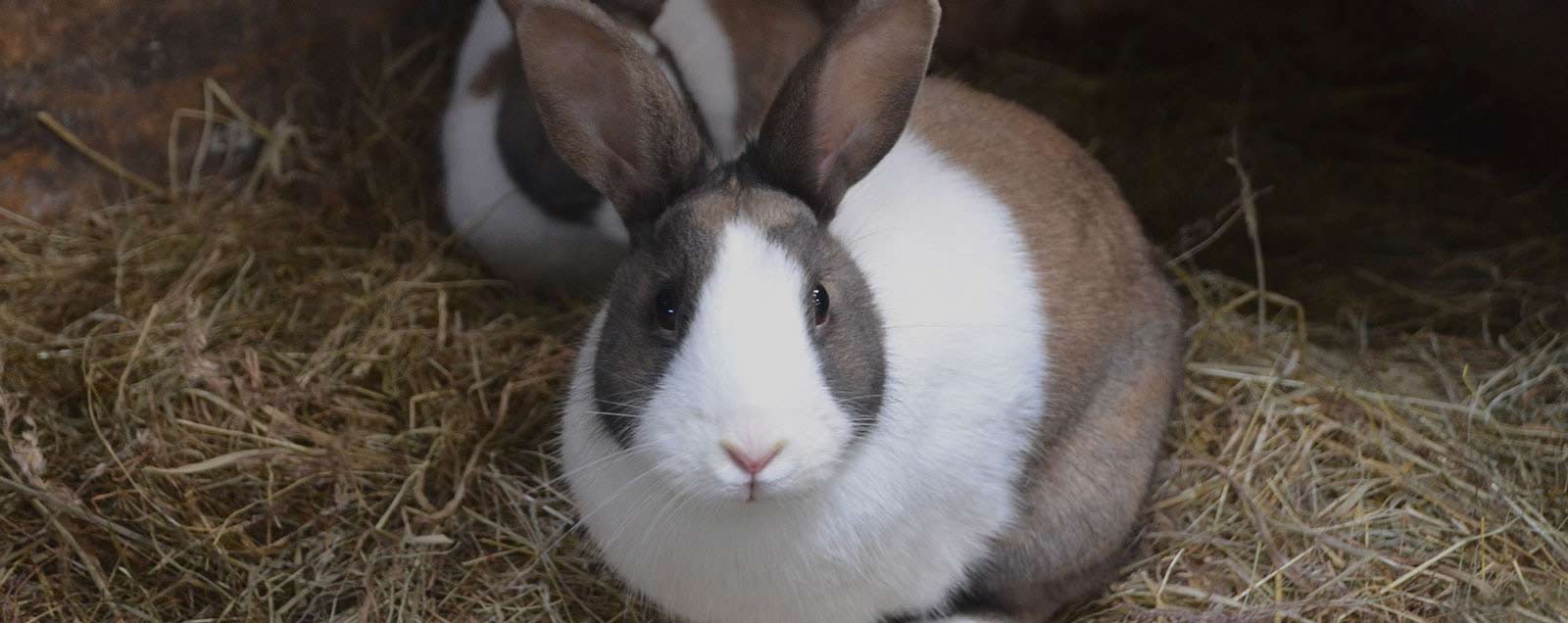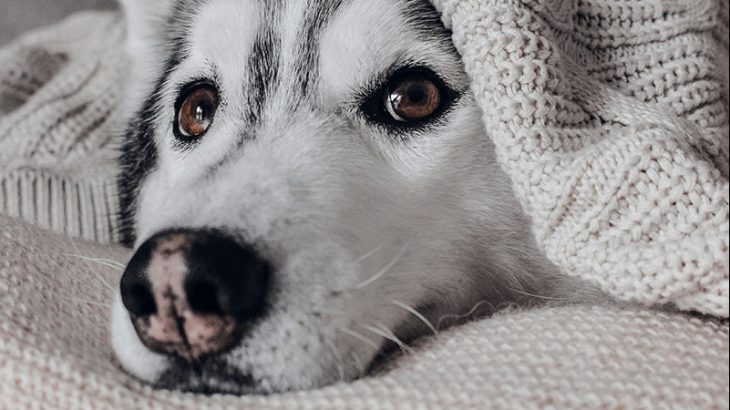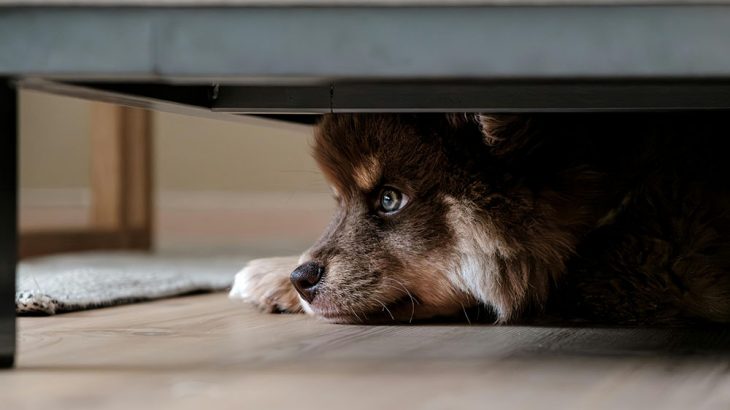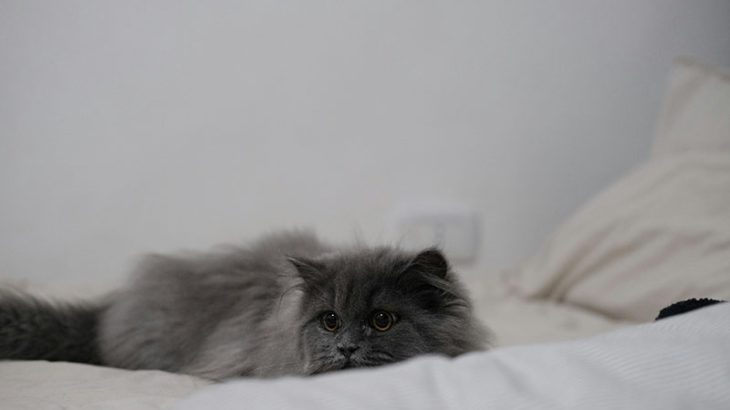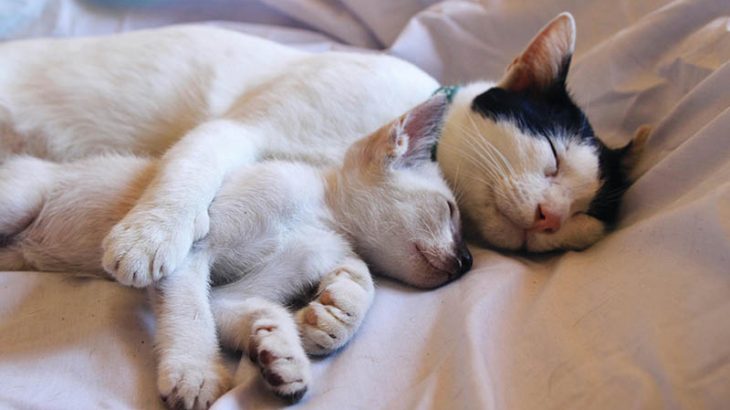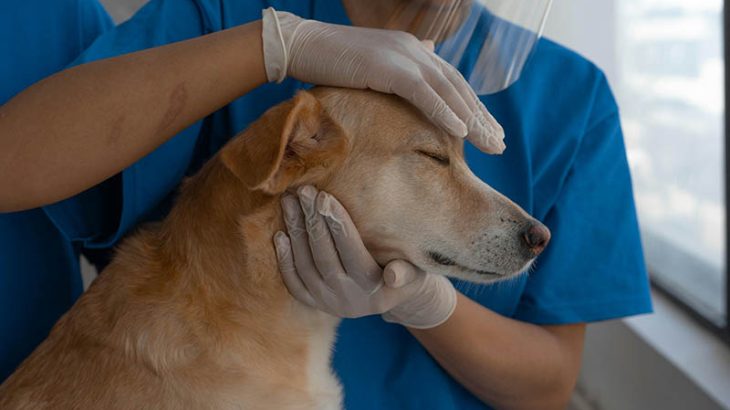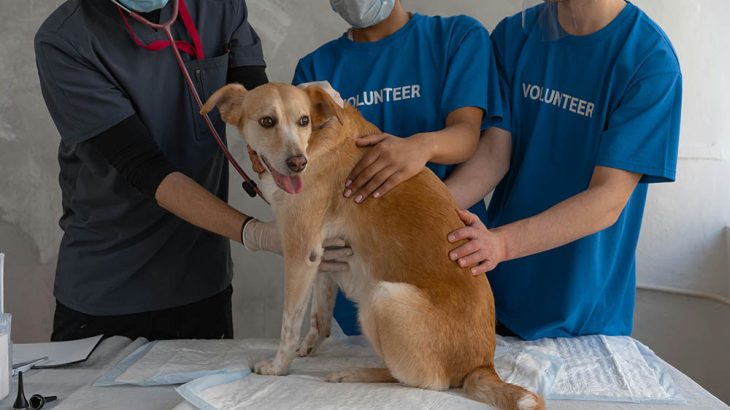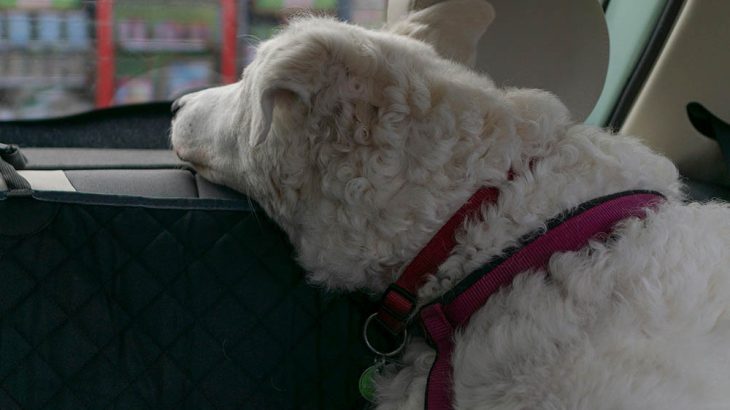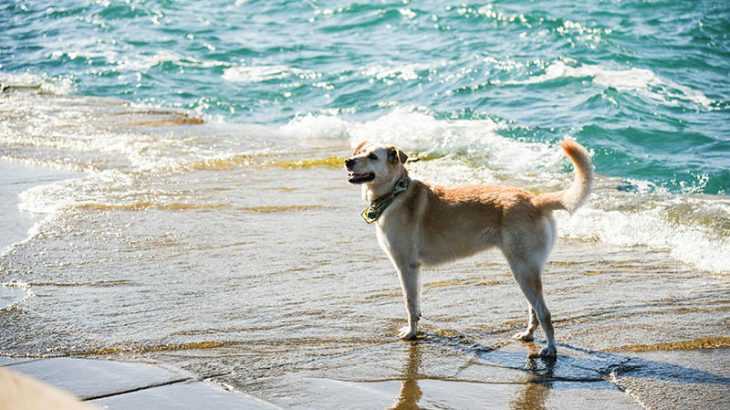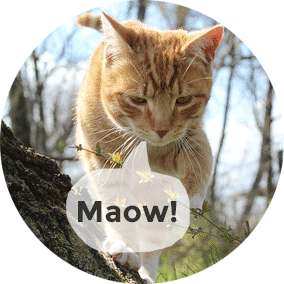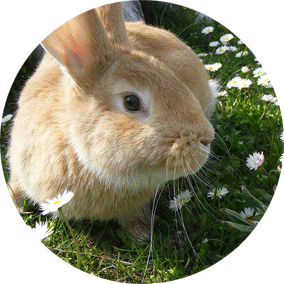Winter has a way of sneaking up on us. One minute we’re grand, the next we’re wearing three jumpers, the heating is on full blast, and the dog is giving you a look that clearly says, “You expect me to go outside in THAT?”
Just like us, our pets feel the cold — sometimes even more. Short-haired dogs, older pets, tiny breeds, indoor cats, and animals with health conditions all feel the nip long before we do. And while they can’t complain about draughty hallways or cold floors, they certainly notice them.
Keeping pets cosy isn’t about spoiling them (even if they think it is). It’s about comfort, safety, and making winter a little easier on their joints, paws, and mood. Here’s how to help your pets stay warm and well through the Irish chill.
Winter Changes Pets More Than We Realise
When the temperature drops, so does a pet’s tolerance for activity. You might notice your dog slowing down on walks, stopping at the door to sniff the wind like a weather forecaster, or giving you their very best “I’ll pass, thanks” face.
Cats, meanwhile, become experts at locating heat sources — the back of the sofa, under blankets, directly on top of your freshly folded laundry, or glued to a radiator like a furry limpet.
Winter can mean stiff joints, dry paws, and extra sensitivity to noise and draughts. So being mindful of how the season affects them really does make a difference.
Making the Indoors Warm and Welcoming
Most pets want one thing in winter: a warm, predictable space where they can curl up and feel secure. And luckily, the things that help are simple.
A bed placed away from doors and draughty hallways can make them instantly comfier. A blanket (or three) never goes astray. Some dogs love heated pads designed for pets; others prefer just a thicker cushion to keep their bones off cold floors.
Cats appreciate boxes lined with old jumpers, window perches where they can watch the world go by without freezing, and soft corners where they can stretch out like furry hot water bottles.
It’s all about giving them little pockets of comfort around the house, so they can choose where they feel warmest.
The Icy Outdoor Reality
Walking dogs in winter can be… an adventure. Especially on those cold mornings where you’re both questioning your life choices.
Shorter days mean darker walks, so reflective leads, collars, and even little hi-vis coats help keep everyone safe. Pavements salted for ice can sting paws, so a quick wipe when you get home stops irritation.
For older dogs, the cold can make joints feel stiff or achy. Keeping walks shorter but more frequent often works better in winter than long, chilly treks.
And if your dog absolutely hates wind or rain (a shockingly common Irish trait), winter coats aren’t silly — they’re practical. There’s no shame in staying warm.
Keeping Indoor Cats Content
Indoor cats can get a bit stir-crazy when the weather is grim. They’re not built for long nights of boredom, so winter is the perfect time to refresh their environment.
A few minutes of play here and there — a feather toy, laser pointer, or ball they can chase — keeps their minds sharp. Even placing bird feeders outside windows gives them something to watch.
They’ll also naturally seek warmth, so give them safe places to perch up high or curl up low. Sunny spots, even in winter, are gold.
Winter Nutrition and Hydration
Pets can burn more energy trying to stay warm, so some dogs benefit from a slight increase in food during the coldest weeks (always in moderation and depending on their weight).
Fresh water is crucial too — especially if you run the heating a lot, as it dries out the air. Cats in particular may drink less in winter, so wet food or water fountains can help their hydration along.
Keeping Their Routine Steady
Pets lean on routine like a favourite pillow, and winter can throw that off — dark evenings, holiday gatherings, noisy weather, people coming and going.
If your hours change or you’re out of the house more than usual, that’s where having a familiar face from Pet Angel Sitters helps keep their world predictable. Someone who knows their feeding time, their quirks, their preferred walk routes, and — importantly — how to keep them warm and relaxed until you’re home again.
A steady routine is the best comfort blanket of all.
A Cosy Winter Is a Happy Winter
Pets don’t ask for much — a warm place to sleep, a full belly, a safe walk, and someone who cares enough to notice when the cold is getting to them.
When you make their winter cosy, they repay you with all the love in the world: the snuggles, the head bumps, the curled-up naps beside you. It’s a fair trade, really.
And if you’re juggling work, travel, or just the general chaos of the season, Pet Angel Sitters are here to help keep that warmth and comfort going, no matter the weather outside.
Cold noses, warm hearts — that’s winter with pets in Ireland.

